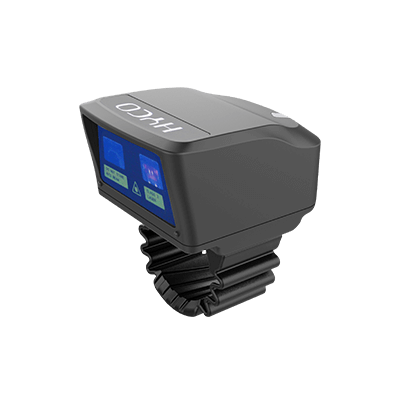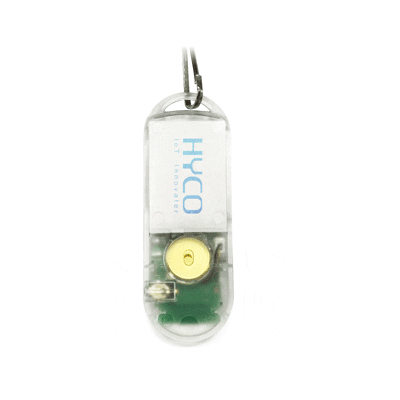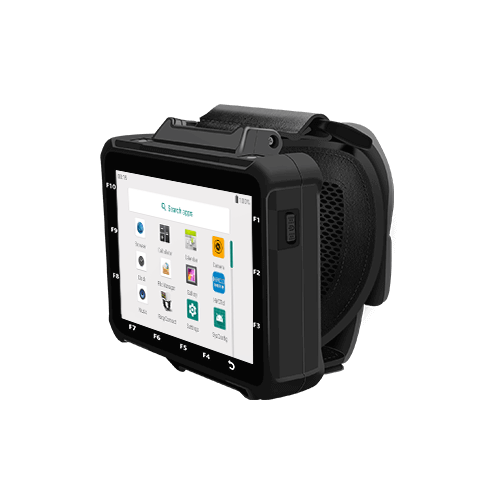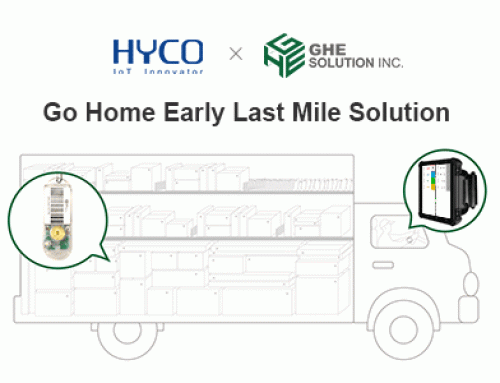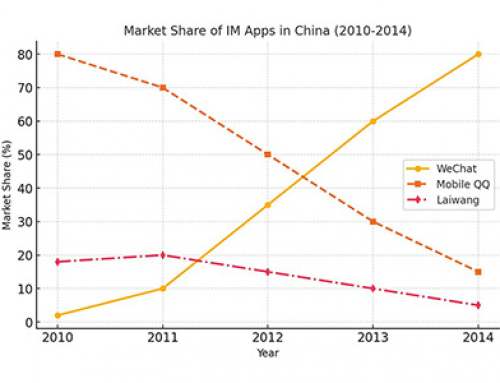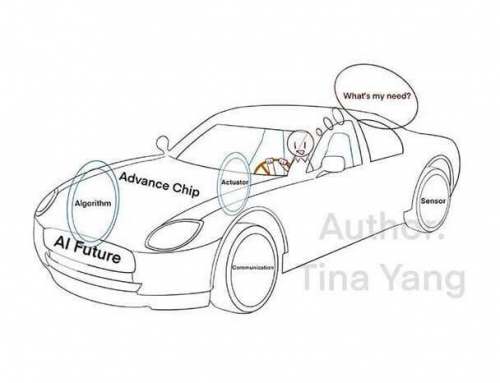Industry’s High Energy Consumption To Get Even Higher
It should come as no surprise that industry consumes huge amounts of electricity. According to the U.S. Department of Energy (DOE), electric motors consume more than 50 percent of all electrical energy in the United States and more than 85 percent of industrial production electrical energy. Since most electricity production comes from carbon-based fuels such as coal and diesel, increased electricity consumption also means increased carbon emissions.
And that problem is about to get worse as industrial electricity consumption goes up with more companies adopting AI (artificial intelligence) models. That’s because AI relies heavily on computing power, which, in turn, significantly escalates energy consumption, as the growth of computing power is directly correlated with increased electricity usage.
This growth in energy demand from increased computer usage has resulted in severe power shortages especially in AI powerhouse countries like the United States. Consequently, many large companies’ original goals for carbon peaking and carbon neutrality have become increasingly unattainable. In light of that fact, the urgent development of ultra-low power consumption technologies across various industries has become a more pressing task.
ULPCP Is Here To Help
More than a decade ago, I recognized the relationship between the growing demand for electricity consumption and the exigency for controlling carbon emissions. For more than ten years, my team and I at Hyco Technology have been fully committed to developing ultra-low power consumption technology platforms to meet the low-carbon and environmentally friendly needs of the rapidly growing IoT (Internet of Things) market, as well as the motor drive and control market.
The components of the HYCO ULPCP (Ultra-Low Power Consumption Platform) are shown in the upper left part of the diagram below. They primarily include ultra-low power motors and their drivers, the HYOS operating system designed for ultra-low power and low-cost hardware needs, advanced RF (radio frequency) technology, industry-specific ultra-low power SOC (system on chip) integrated circuits, and algorithm optimization.
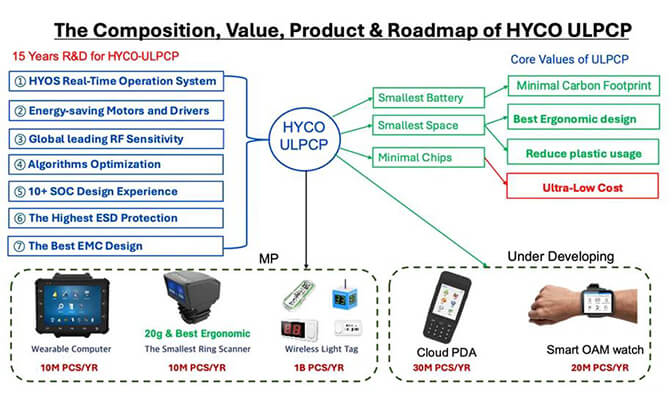
The enormous value of this platform for low-carbon and environmental protection stems from:
1.Significantly Reduced Power Consumption and Carbon Emissions:
Compared to traditional solutions, our technology dramatically reduces power consumption and carbon emissions. For example, our laser scanning engine uses an innovative proprietary motor design, and, as a result, consumes only 1 percent of the current required by traditional motors. Coupled with our proprietary HYOS operating system, advanced radio frequency (RF) performance, and algorithm optimization, the overall module’s power consumption is only 5 percent of traditional solutions. This reduction in power consumption significantly lowers carbon emissions, particularly in the widely used barcode-scanning field.
2.Minimized Battery and Material Usage:
Because of the platform’s battery demand being only 5 percent of traditional solutions, the overall device size can be significantly reduced, with much smaller batteries and fewer chip requirements. Additionally, the amount of plastic material needed for the device housing is greatly reduced. That, in turn, leads to a substantial decrease in carbon emissions and a significant reduction in the use of environmentally non-degradable plastics that’s highly beneficial for environmental protection.
The table below highlights the main differences between the HYOS operating system, a core component of ULPCP, and the commonly used Android system. In addition to its low power consumption and cost advantages, HYOS offers superior long-term stability and user experience, particularly for industrial users, as it does not generate fragmented data or files. This eliminates issues such as frequent crashes or reboots experienced by Android-based devices in last-mile delivery operations. IoT devices based on HYOS can guarantee 10 years of operation without slowing down or crashing.
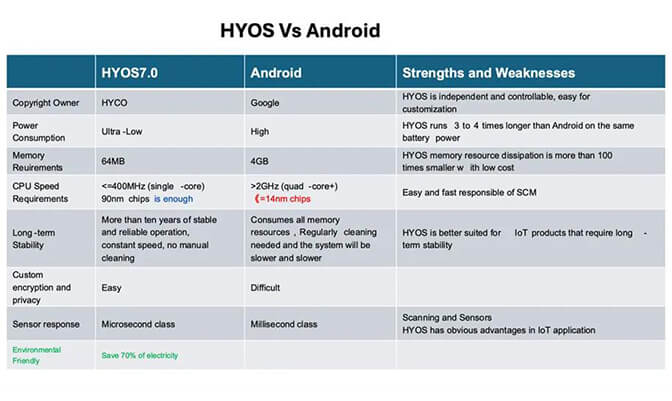
The ULPCP leads the way in actively contributing to carbon neutrality efforts. Not only do we bring ultra-low power consumption and user experience advantages to mass-produced products like the Ring Scanner, Wireless Light Tag, and Wearable Computer, but the technology widely across various IoT devices, motor controllers, smart devices, and even more industrial products.
The diagram below shows the historical and current successful product cases based on ULPCP, as well as a short-term product roadmap.
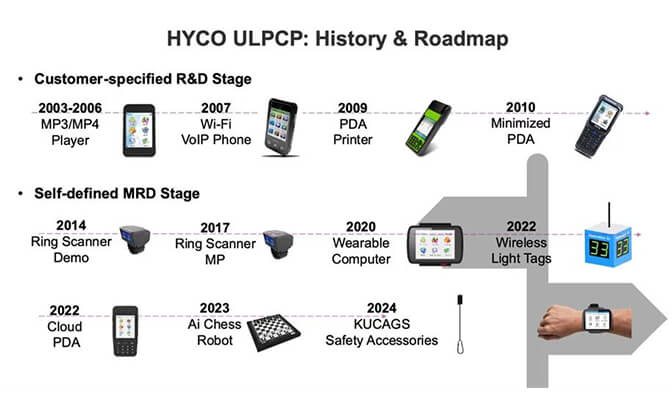
As a company, we have made it our mission to contribute to the great goal of reducing carbon emissions and achieving global carbon neutrality. We’re doing through our own products, customized original design manufacturing (ODM) products, and various collaboration models such as offering open software development kits (SDKs).
If your company is also committed to helping our planet secure a greener future, then check us out.

